Technological advancements have significantly improved people's quality of life, bringing convenience, comfort, and health benefits. As awareness of health, hygiene, and environmental sustainability grows, smart toilets have become a top choice in many household bathrooms. As a high-tech bathroom appliance, smart toilets aim to enhance people's well-being through advanced features and automation. However, first-time users might have concerns due to a lack of understanding. To help consumers overcome these doubts, this article by Giving Tree Home will comprehensively introduce smart toilets, helping you better understand and appreciate this modern bathroom device.
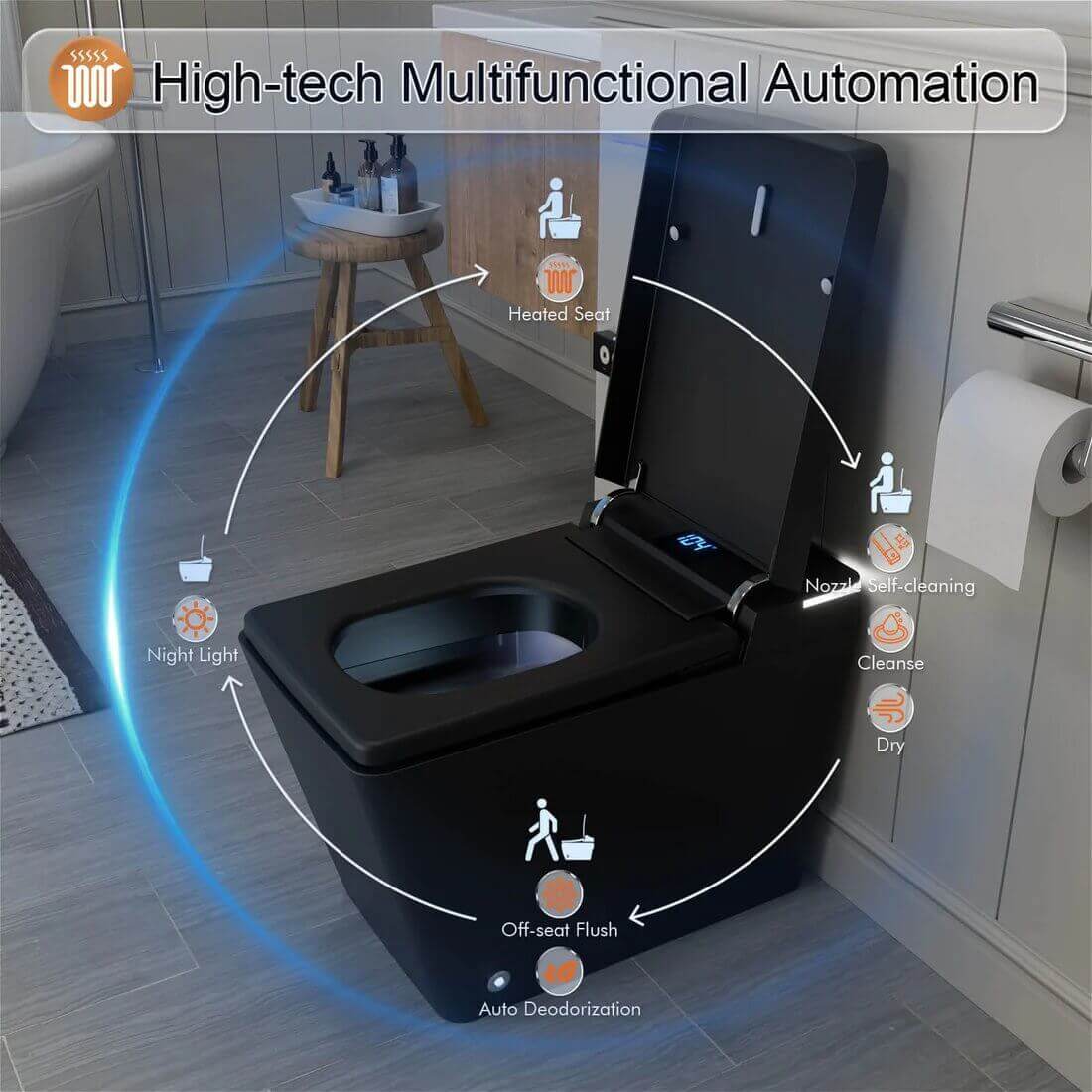
How Does a Smart Toilet Work
The term "smart" essentially defines the core function of a smart toilet, which is to automate various tasks, freeing the user's hands. This means that aside from the need to pull down your pants, sit down, and pull your pants back up, everything else is handled automatically.
The working principle of a smart toilet relies on a series of built-in sensors that enable automatic sensing functions. When you enter the sensing area, the toilet lid will automatically open. However, it cannot distinguish whether you're going to urinate or defecate. If you're a male intending to urinate, you can tap the nearby button with your foot to lift the seat. After you've finished using the toilet, you can simply walk away, and the smart toilet will automatically flush based on weight recognition or sensing.
If you're a first-time user of a smart toilet, it's highly recommended that you try the bidet feature. This function uses a spray nozzle to clean your buttocks or genital area, with adjustable water temperature, position, and intensity. It's not only comfortable but also ensures thorough cleaning. For those who are not accustomed to it, this feature can be turned off.
In addition to these basic functions, smart toilets may also come equipped with many advanced features. For example, the T2205-GTA model sold by Giving Tree Home offers features such as LED night lights, heated seats, and a self-cleaning function.
Traditional Toilets vs. Smart Toilets
Traditional toilets are common fixtures in most homes and commercial spaces, relying on gravity or pressure-assisted flushing systems to move waste into the sewer using the water pressure from the tank. These toilets come in two types: one-piece and two-piece, and all operations are manual.
In contrast, smart toilets integrate electronic components to achieve various automated functions, including automatic lid opening, automatic flushing, heated seats, warm air drying, and self-cleaning features.
Clearly, smart toilets not only perform all the functions of traditional toilets but also enhance convenience and hygiene through automation and the bidet feature. This is especially beneficial in cold winters, where you can avoid sitting on a cold seat, improving the overall experience. However, traditional toilets do have their advantages. Their simpler structure makes them less prone to malfunctions, offering easier maintenance. Most importantly, their price is often only about one-tenth of that of a smart toilet.
Smart Toilet
Traditional Toilet
-
Giving Tree Smart Square One-Piece Floor Toilet with Remote Control and Automatic Cover
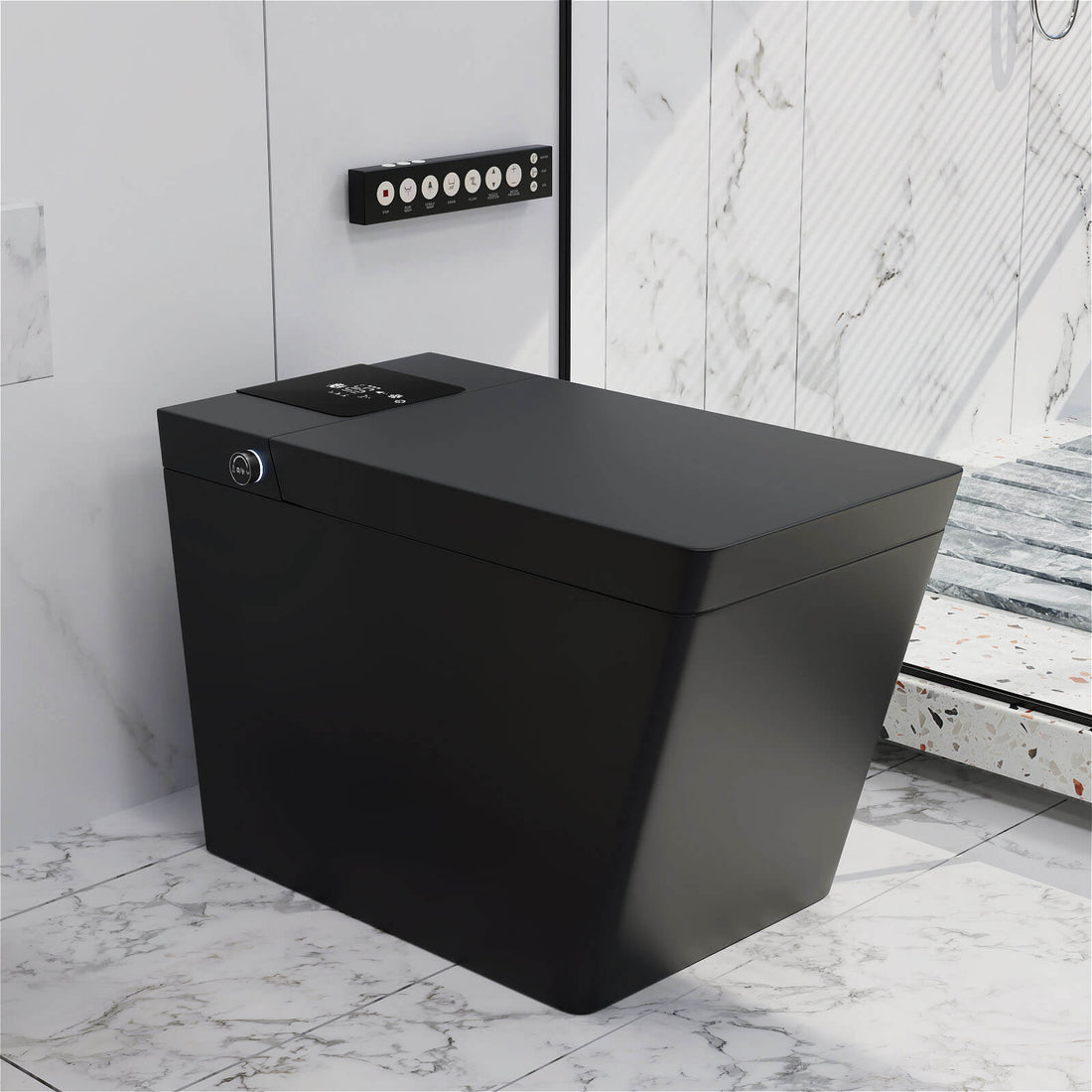
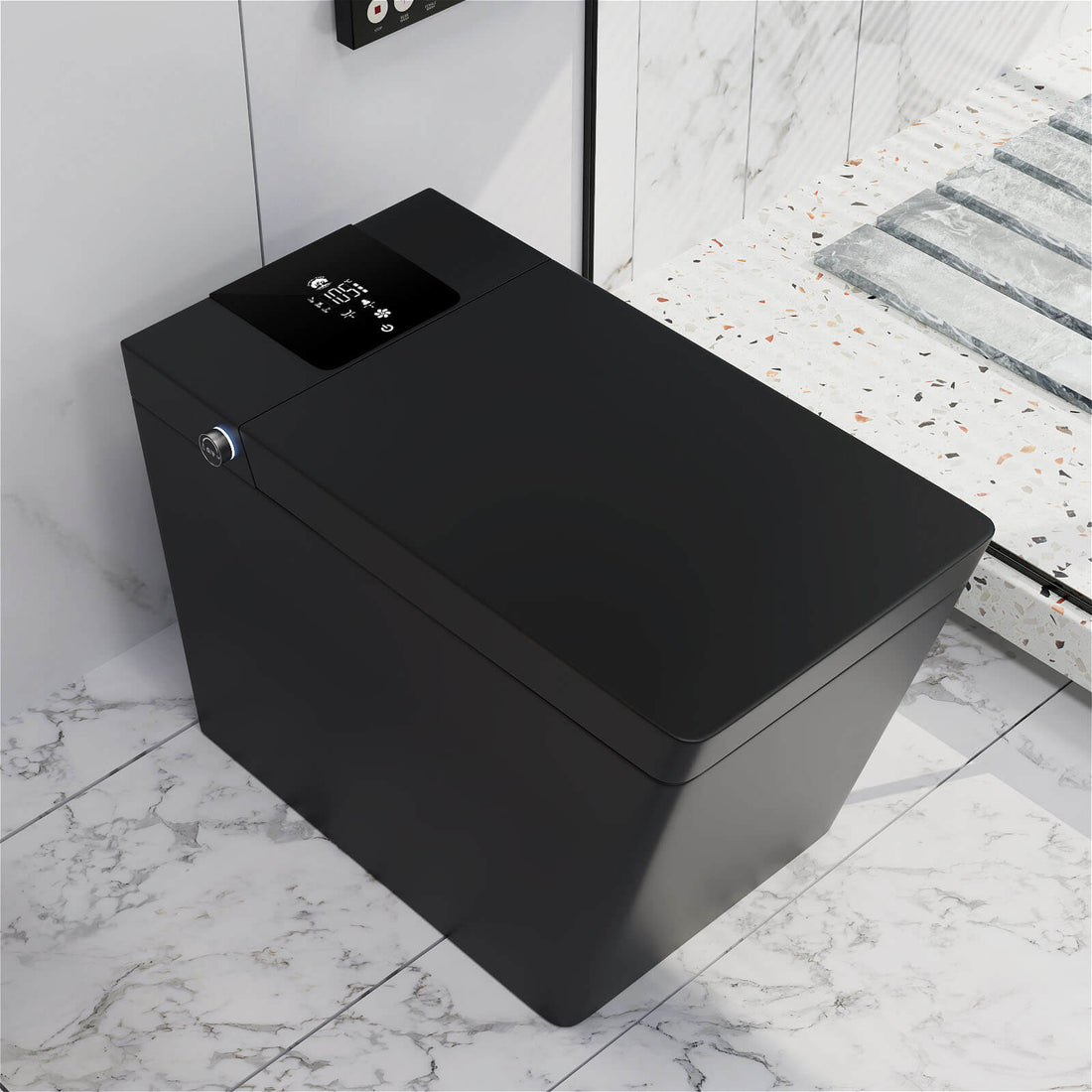 Giving Tree Smart Square One-Piece Floor Toilet with Remote Control and Automatic Cover
Giving Tree Smart Square One-Piece Floor Toilet with Remote Control and Automatic Cover- Regular price
-
From
$999.99 - Regular price
-
$1,599.99 - Sale price
-
From
$999.99
Quick view
-
Tankless Elongated Smart Bidet Toilet with Heated Seat, Drying, Night Light
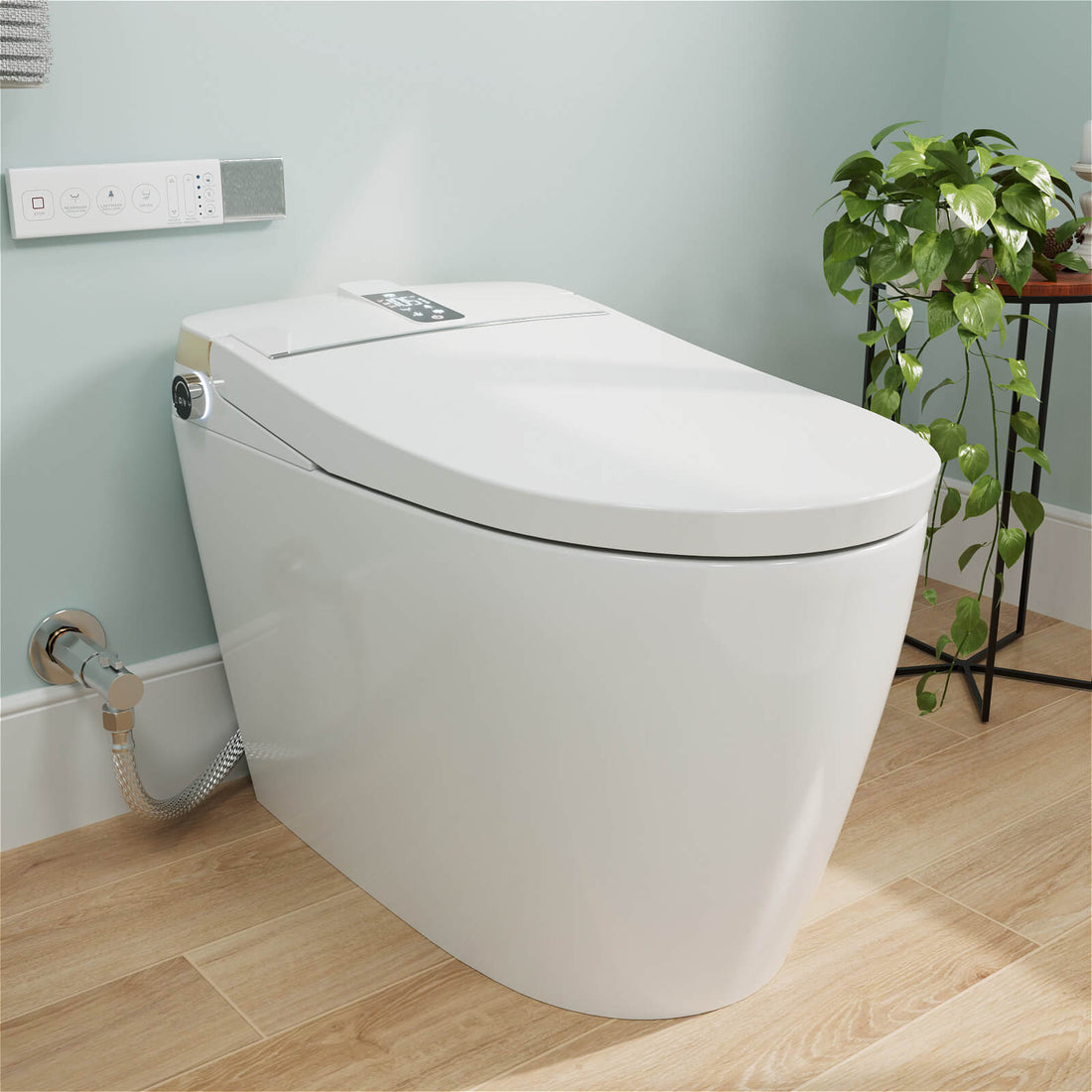
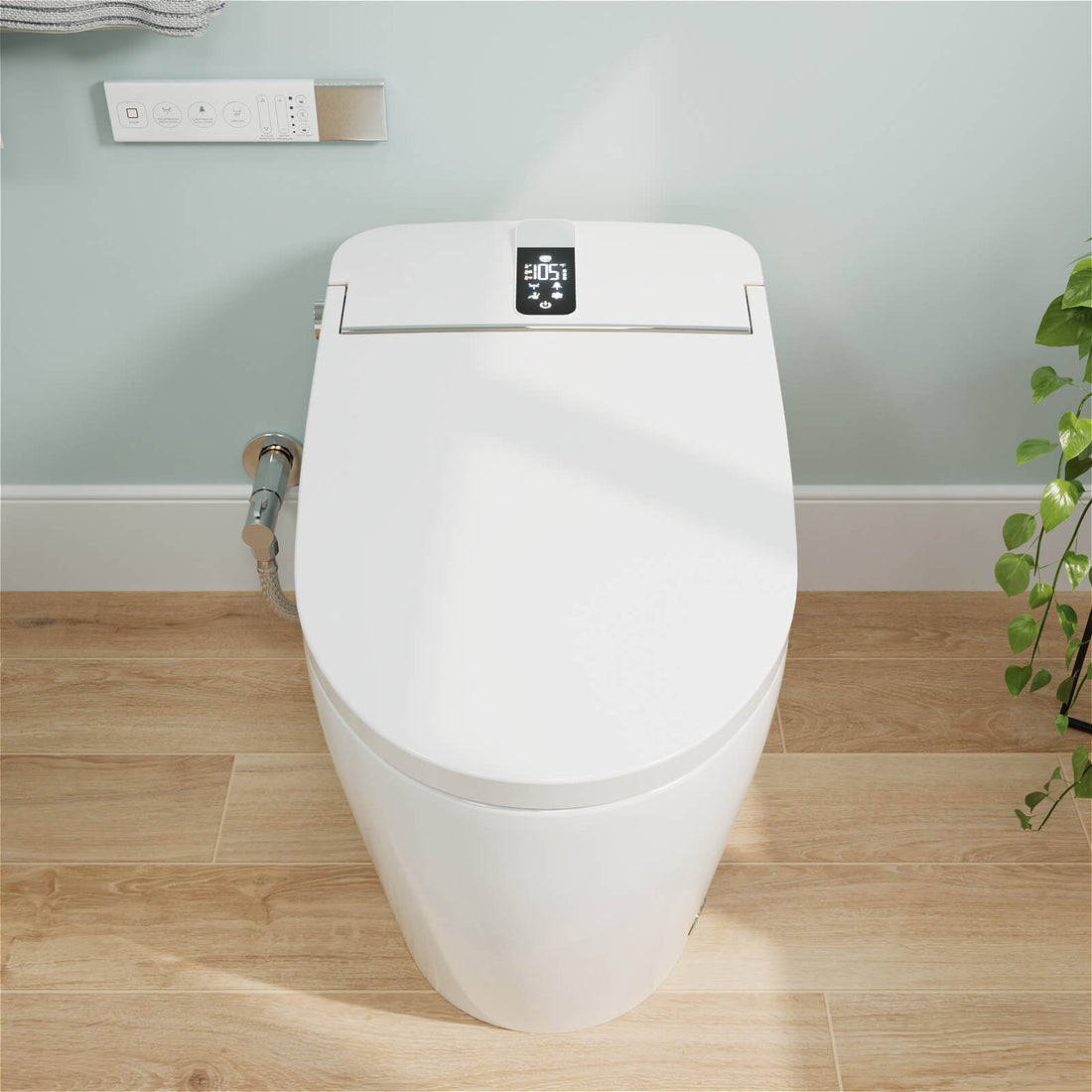 Tankless Elongated Smart Bidet Toilet with Heated Seat, Drying, Night Light
Tankless Elongated Smart Bidet Toilet with Heated Seat, Drying, Night Light- Regular price
-
$899.99 - Sale price
-
$899.99
Quick view
-
Modern Smart Bidet Toilet with LED Light, Heated Seat, Automatic Flush Tankless
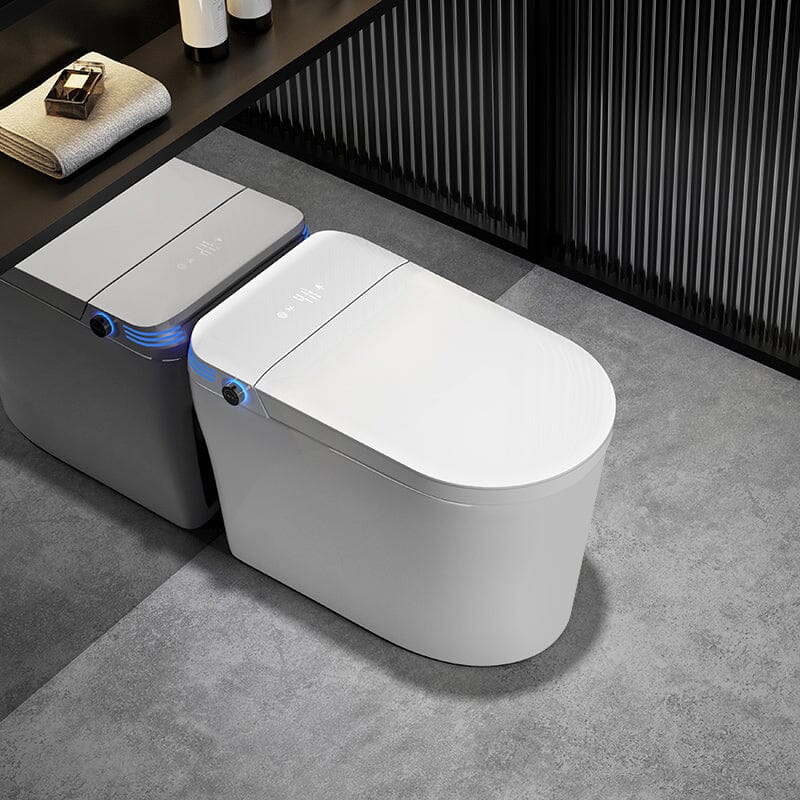
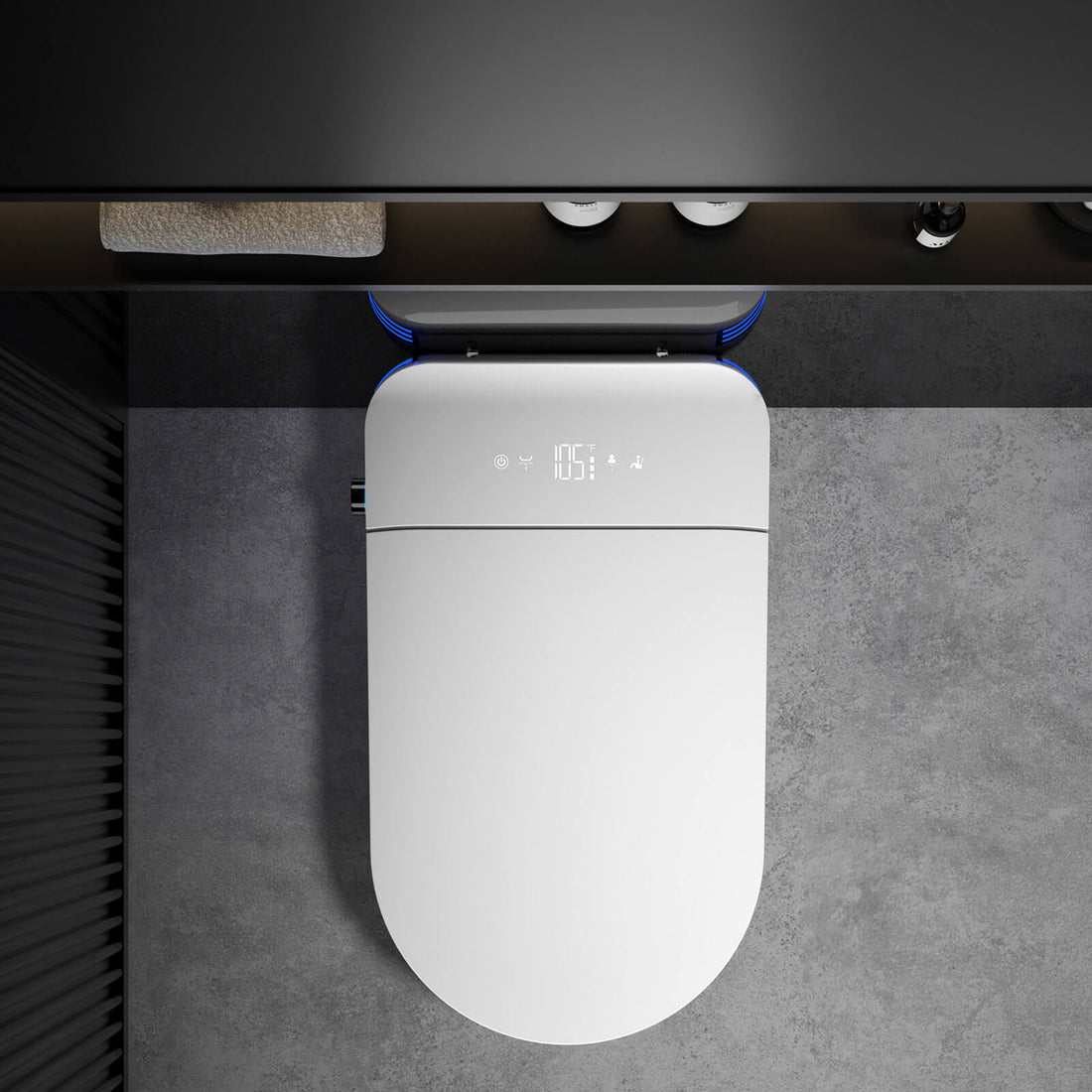 Modern Smart Bidet Toilet with LED Light, Heated Seat, Automatic Flush Tankless
Modern Smart Bidet Toilet with LED Light, Heated Seat, Automatic Flush Tankless- Regular price
-
$899.99 - Regular price
-
$1,899.99 - Sale price
-
$899.99
Quick view
-
Touchless Auto Flushing Smart Toilet with Ambient Light & Water Tank
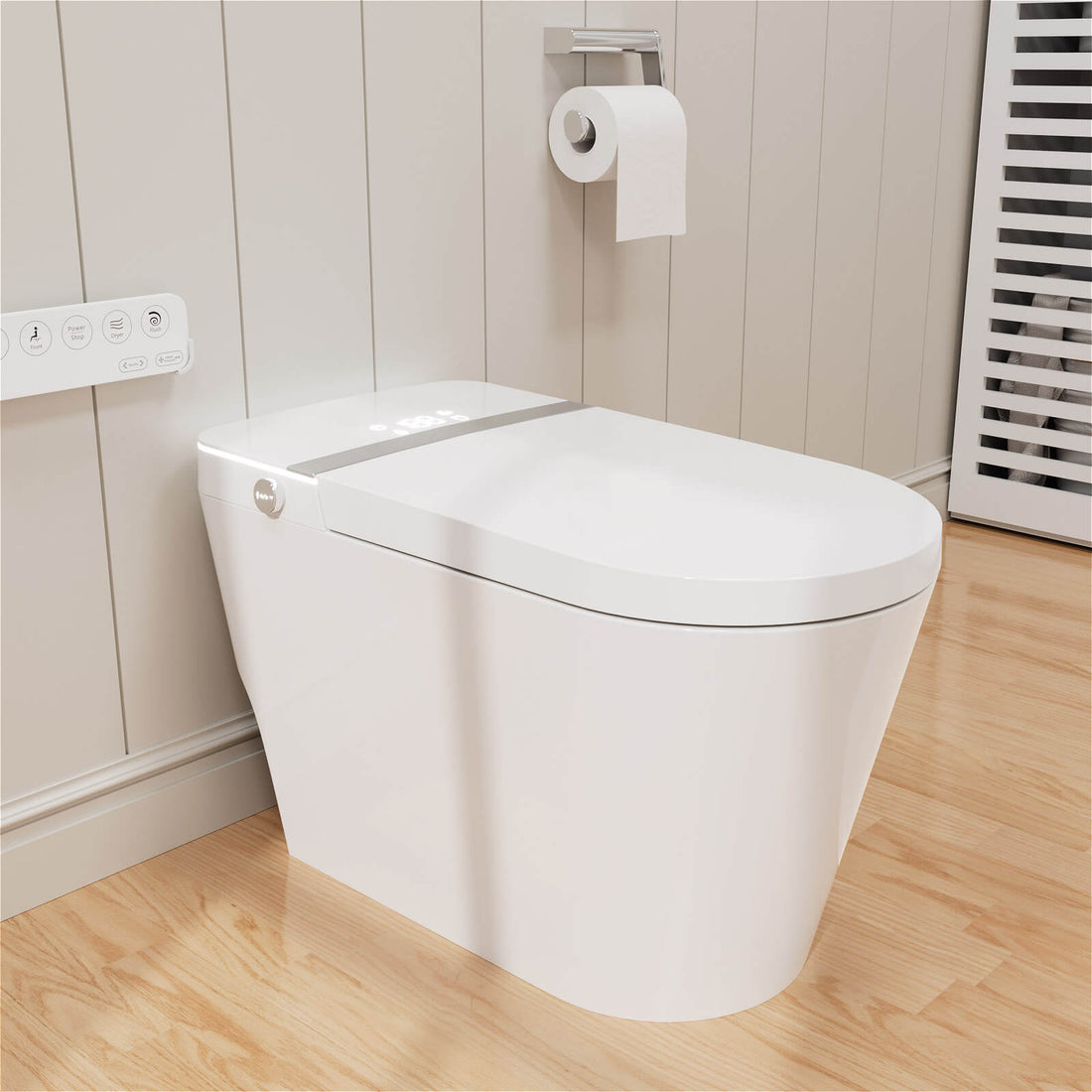
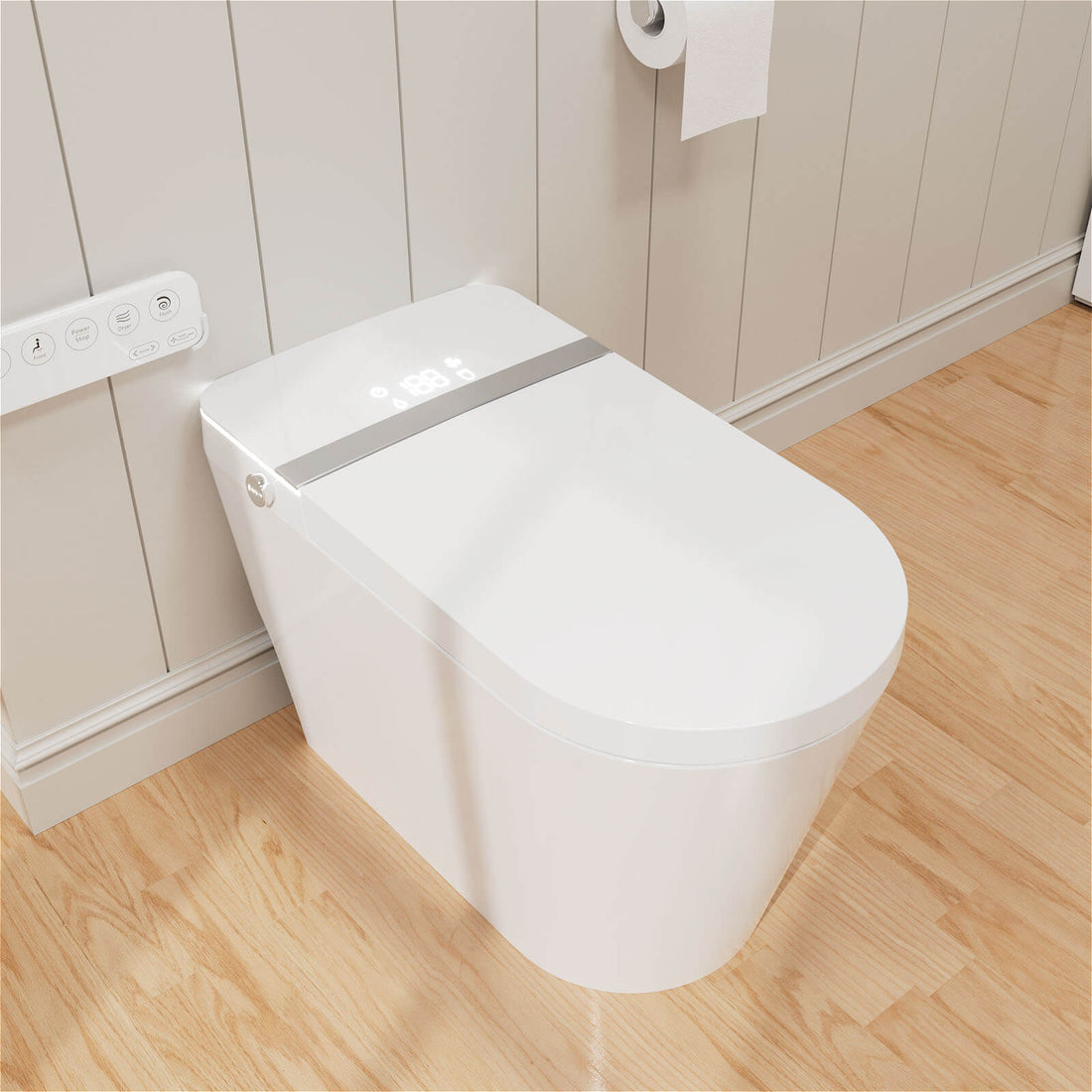 Touchless Auto Flushing Smart Toilet with Ambient Light & Water Tank
Touchless Auto Flushing Smart Toilet with Ambient Light & Water Tank- Regular price
-
$999.99 - Regular price
-
- Sale price
-
$999.99
Quick view
-
GIVINGTREE Modern Elongated 17.7'' Seat Height One-Piece Toilet with 1.1GPF/1.6 GPF Dual Flushing
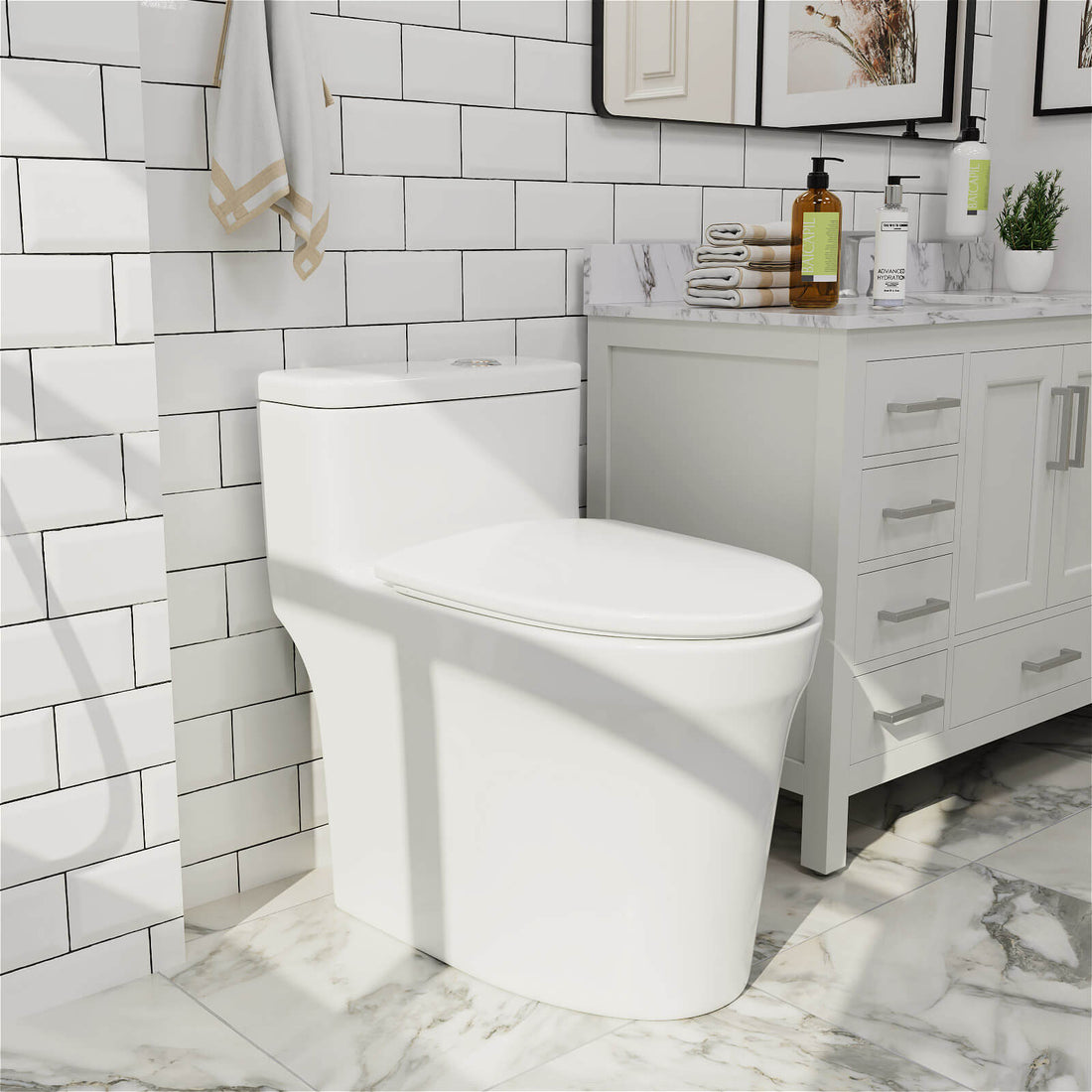
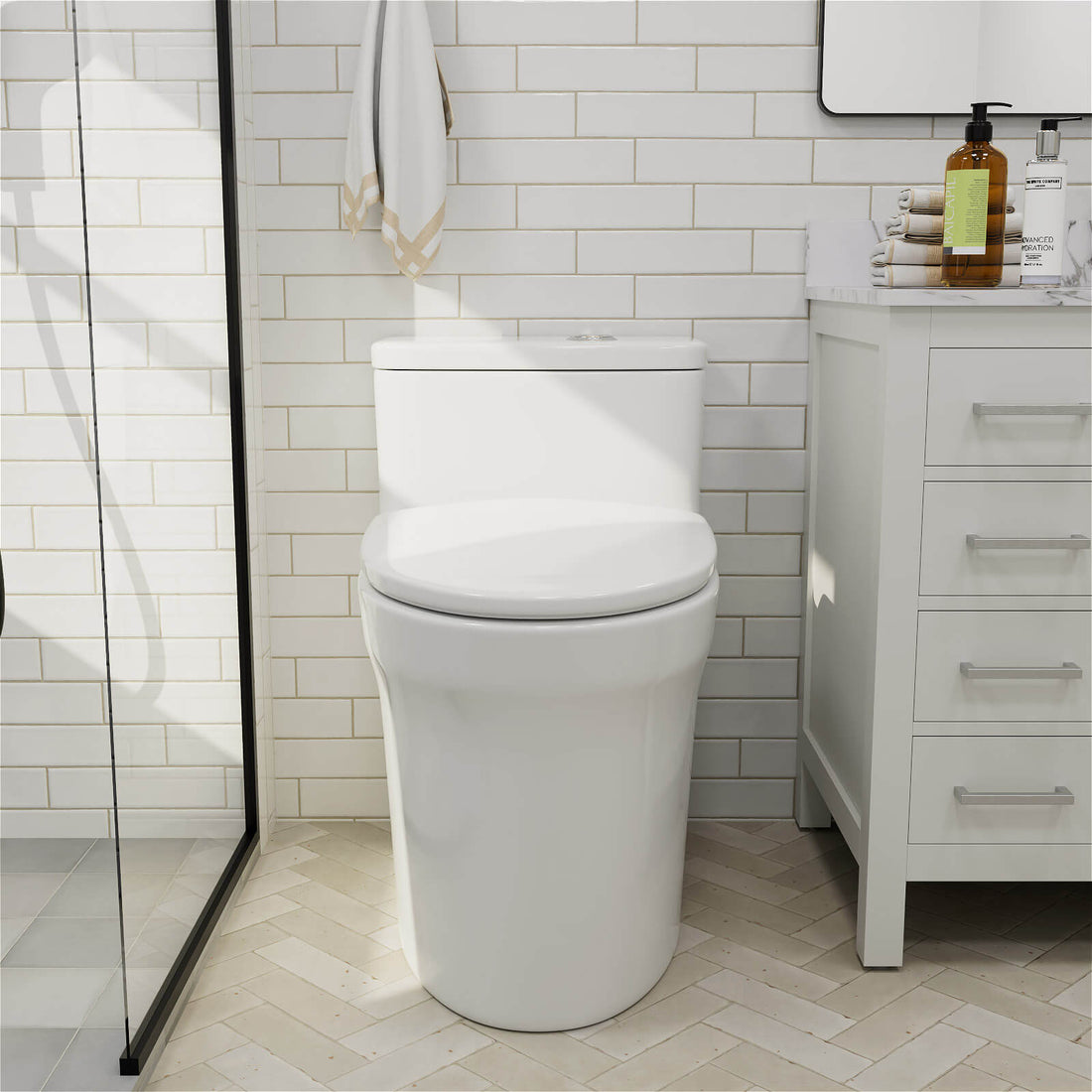 GIVINGTREE Modern Elongated 17.7'' Seat Height One-Piece Toilet with 1.1GPF/1.6 GPF Dual Flushing
GIVINGTREE Modern Elongated 17.7'' Seat Height One-Piece Toilet with 1.1GPF/1.6 GPF Dual Flushing- Regular price
-
$299.99 - Regular price
-
$599.99 - Sale price
-
$299.99
Quick view
-
GIVINGTREE Siphonic Jet Dual Flush Elongated One Piece Toilet with Comfortable Seat Height
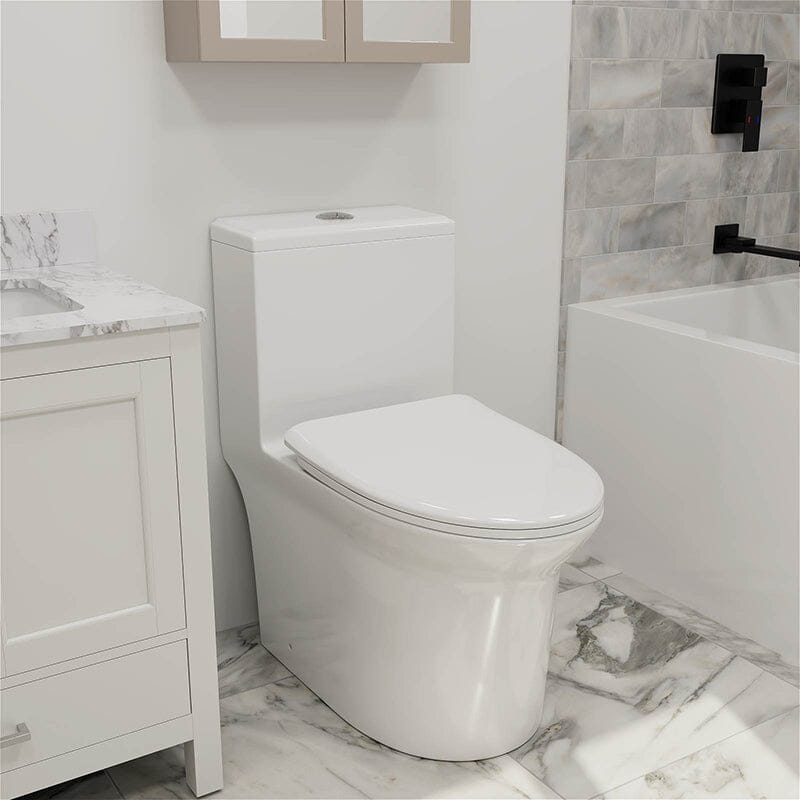
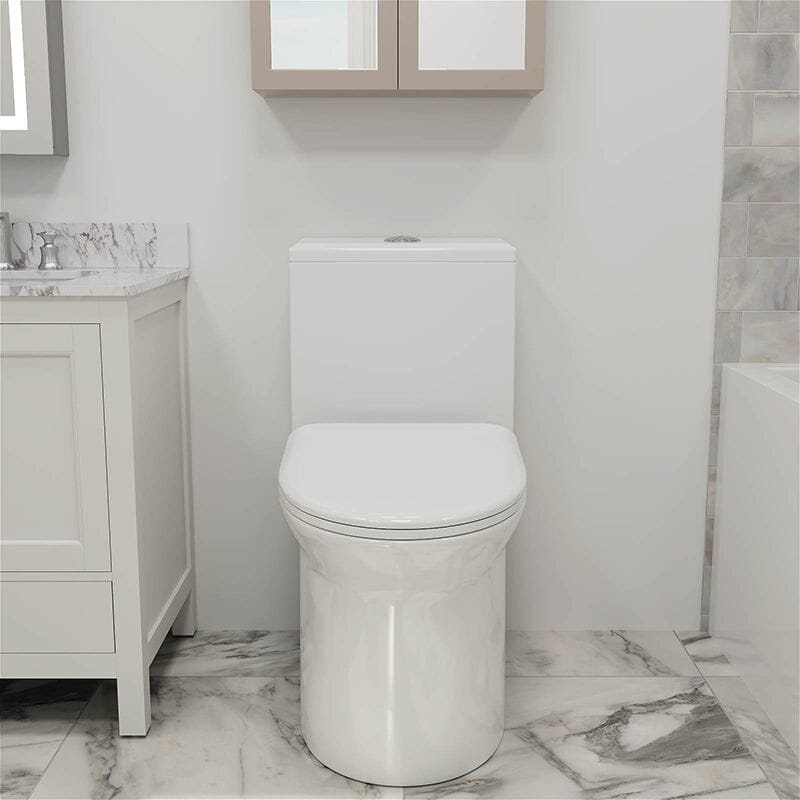 GIVINGTREE Siphonic Jet Dual Flush Elongated One Piece Toilet with Comfortable Seat Height
GIVINGTREE Siphonic Jet Dual Flush Elongated One Piece Toilet with Comfortable Seat Height- Regular price
-
$299.99 - Regular price
-
- Sale price
-
$299.99
Quick view
-
Dual Flush Elongated One Piece Toilet with Soft Close Seat Cover High-Efficiency Flush
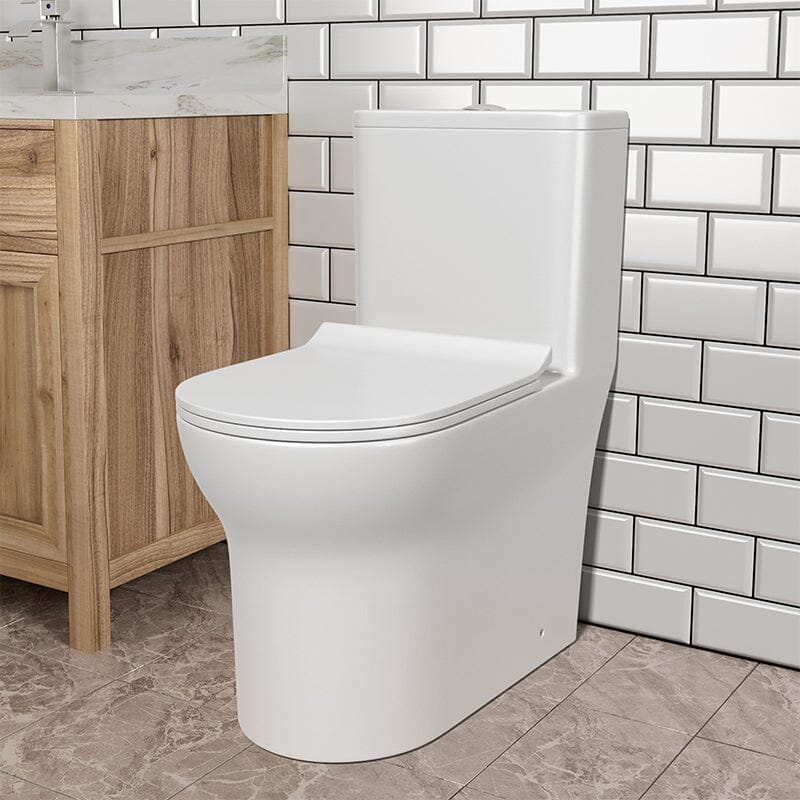
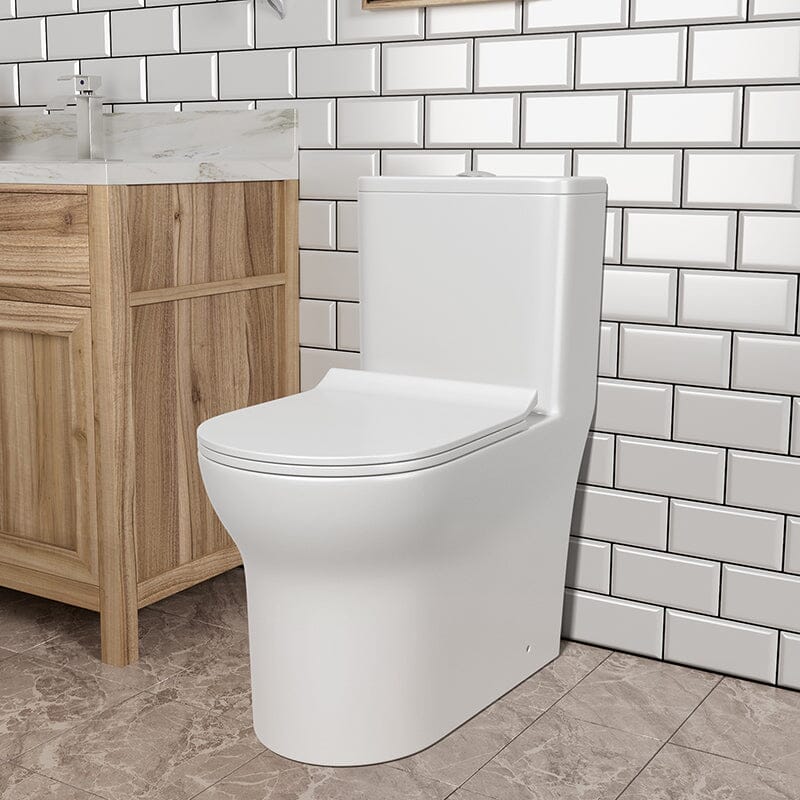 Dual Flush Elongated One Piece Toilet with Soft Close Seat Cover High-Efficiency Flush
Dual Flush Elongated One Piece Toilet with Soft Close Seat Cover High-Efficiency Flush- Regular price
-
$249.99 - Regular price
-
- Sale price
-
$249.99
Quick view
-
Giving Tree One Piece 1.1GPF/1.6 GPF Dual Flush Elongated Toilet
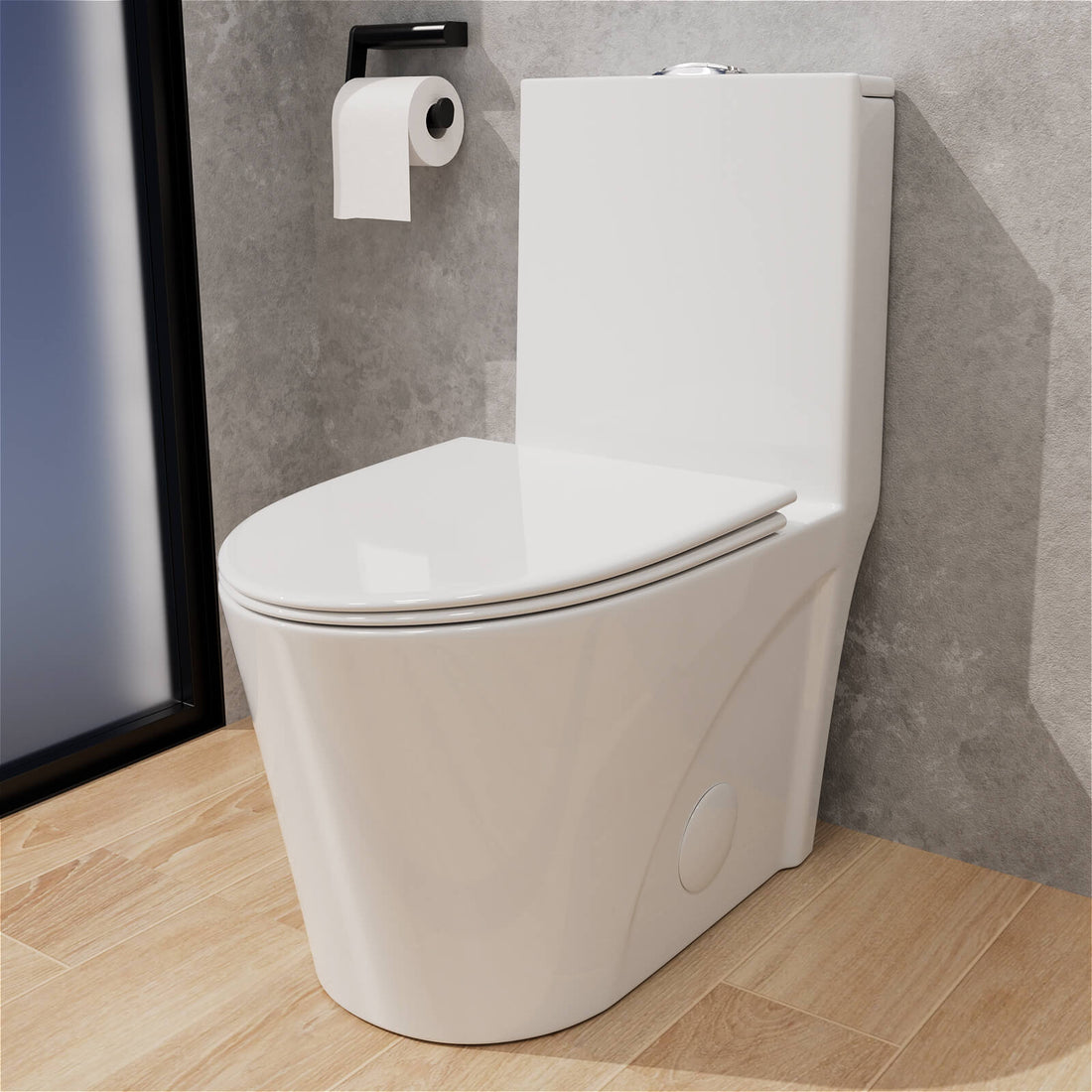
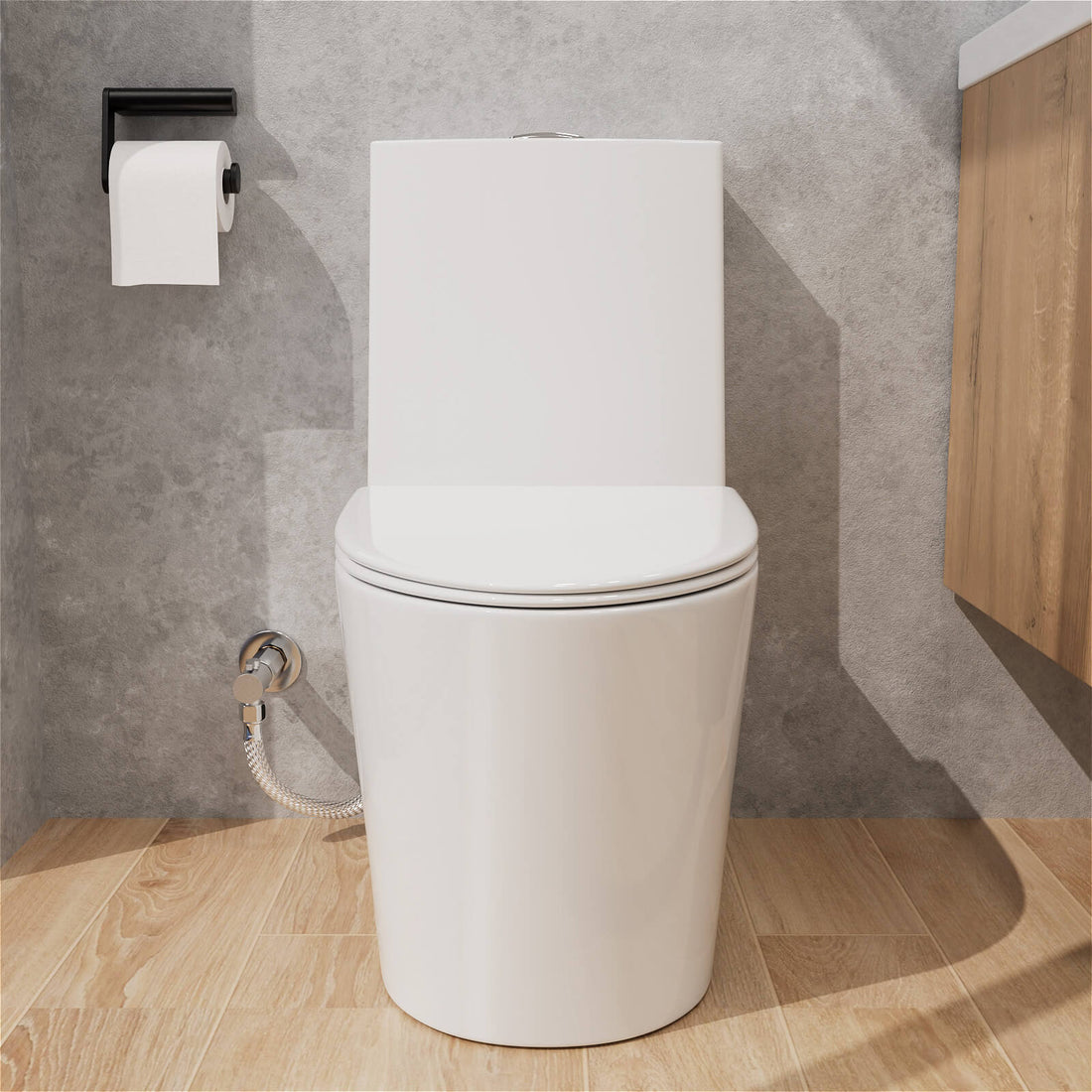 Giving Tree One Piece 1.1GPF/1.6 GPF Dual Flush Elongated Toilet
Giving Tree One Piece 1.1GPF/1.6 GPF Dual Flush Elongated Toilet- Regular price
-
$299.99 - Regular price
-
$899.99 - Sale price
-
$299.99
Quick view
Common Features of Smart Toilets
-
Automatic Lid and Flushing
This is one of the most common features in modern smart toilets, achieved through highly sensitive internal sensors. The toilet lid automatically opens when someone approaches, flushes after use, and then closes the lid. This automation not only adds convenience but also ensures better hygiene by reducing physical contact.
-
Heated Seats
This might be the primary reason most people purchase a smart toilet, especially useful during cold winters. The smart toilets sold by Giving Tree Home typically come with multiple heating settings, allowing users to adjust the temperature to their preference. The toilet will remember your settings and automatically heat the seat each time you use it.
-
Lighting
This feature is particularly effective for those who frequently use the bathroom at night. It means you don’t have to turn on a bright overhead light; instead, you can rely on the gentle illumination of the smart toilet to navigate in the dark, avoiding the jarring effect of bright lights that could disrupt your sleepiness.
-
Sound Effects
Some smart toilet models also include built-in speakers, allowing you to play music via Bluetooth. This not only creates a cozy atmosphere but also masks the sounds of using the toilet, providing a more private experience.
-
Bidet Functionality
This feature uses an extendable nozzle to clean the user's rear and private areas. Users can adjust the water pressure, temperature, and nozzle position to meet different cleaning needs. This function can significantly reduce household paper use, making it cost-effective and environmentally friendly. Additionally, our smart toilets include self-cleaning features, such as UV sterilization, electrolyzed water disinfection, and pre-spray functions to further enhance hygiene standards.
-
Deodorizing System
Smart toilets with built-in air purifiers or deodorizing functions can eliminate unpleasant odors, keeping the bathroom environment fresh. These systems typically use activated carbon filters or ion generators to neutralize odors. Some models also come with fans that draw air into the filtration system, ensuring continuous odor control.
Is It Worth Buying a Smart Toilet
When considering whether to purchase a smart toilet, you may face a significant cost difference. Smart toilets typically cost 5 to 10 times more than traditional toilets, which can make many people hesitant. To help you make an informed decision, here are the pros and cons of smart toilets:
Advantages of Smart Toilets
- Improved Hygiene
Smart toilets feature automatic lids and flushing functions, reducing physical contact and significantly lowering the risk of bacteria spread. Additionally, many smart toilets include UV sterilization features that further enhance hygiene.
- Sustainability
For example, smart toilets sold by Giving Tree Home use siphon flushing technology, which effectively flushes waste with less water. Specifically, they use 1.28 gallons per flush (GPF), significantly less than the 5 GPF used by traditional toilets. This not only conserves water but also reduces environmental impact.
- Comfort and Convenience
Smart toilets offer features like heated seats, motion-sensing lights, and automatic functions. If you enjoy massage functions, you can adjust the bidet's water pressure and position to enhance your experience.
- Aesthetic Design
Smart toilets often have a sleek, modern appearance that complements contemporary bathroom decor. Their streamlined design typically lacks the traditional tank mechanism, adding a minimalist aesthetic to the bathroom.
Disadvantages of Smart Toilets
- High Cost
Smart toilets are significantly more expensive than traditional ones. While a regular toilet might cost around $400, high-end smart toilets can exceed $5,000. However, brands like Giving Tree Home offer high-value smart toilets for under $1,000, providing a more affordable option.
- Complex Maintenance
Maintaining a smart toilet is more complex. In addition to common clogging issues, there might be component failures that require professional repair, which can be challenging for regular users to address.
- Psychological Concerns
There have been negative news stories about smart toilets, such as reports of explosions, raising public safety concerns. However, modern smart toilets undergo rigorous safety checks. For example, Giving Tree Home’s smart toilets have passed international certifications like CE, CB, ETL, CUPC, and WaterMark, ensuring their safety and reliability.
Ending
Through this article, you should now understand that a smart toilet is a type of toilet with integrated high-tech features, offering touchless operation and efficient water use. This brings benefits in hygiene, convenience, and overall bathroom aesthetics. If it has sparked your interest, consider purchasing a smart toilet to upgrade your bathroom!
More Ideas
-

When Is the Best Time to Take a Shower?
For many of us, showering is more than just washing up—it’s a small daily ritual that affects how we sleep, how our skin feels, and even our overall well-being. But...
-

What Is a Shower Pan—and Do You Really Need One?
If you’re getting ready to renovate your bathroom on your own, you’ve probably run into a jungle of confusing terms. The same product may have multiple names, different materials come...
-

Shower Pan Installation: 6 Steps from Selection to Finish
Have you ever experienced this: after taking a shower, your bathroom floor is either soaked or has a puddle of water? It’s not just a hassle to clean—it’s also a...
-

Shower Pan Size Guide: Must-Know Dimensions Before You Buy
When planning a shower, most of us immediately think about style and layout. But the details that truly shape your daily experience often lie beneath your feet—that’s where the shower...
-

What’s the Best Material for a Vessel Sink?
When it comes to designing a bathroom, you might not give much thought to the material of your sink. After all, traditional under-mount sinks are usually ceramic, leaving little room...
-

Vessel vs. Undermount Sinks: Which Fits Your Bathroom Best
When you’re updating a bathroom, the sink you choose does more than just hold water—it sets the tone for the entire space. The right style can elevate your vanity, influence...
- Choosing a selection results in a full page refresh.






















